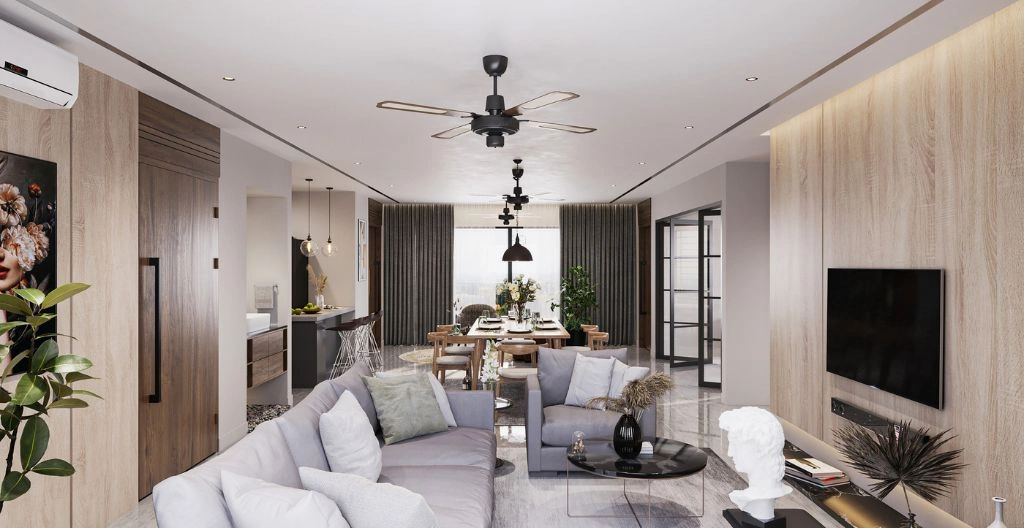Interior design is more than just arranging furniture and choosing colors; it’s about creating a space that reflects your personality, enhances your lifestyle, and tells a story. Whether you’re designing a cozy home or a vibrant office, the principles of interior design can transform any space into a functional and aesthetically pleasing environment.
The Power of Color
Color plays a crucial role in interior design. It can set the mood, create illusions of space, and even influence our emotions. Warm colors like red, orange, and yellow can make a room feel cozy and inviting, while cool colors like blue, green, and purple can create a calming and serene atmosphere. Neutral colors, such as white, gray, and beige, provide a versatile backdrop that can be easily accessorized with pops of color.
ALSO READ: Top 5 Outdoor Furniture Sets Worth the Investment
Lighting: The Unsung Hero
Lighting is often overlooked, but it’s a vital element in interior design. Proper lighting can highlight architectural features, create a focal point, and enhance the overall ambiance of a room. Natural light is always preferred, but when it’s not available, a combination of ambient, task, and accent lighting can create a well-lit and inviting space.
Texture and Patterns
Incorporating different textures and patterns can add depth and interest to a room. From plush rugs to custom screen printed shirts framed as art, the possibilities are endless. Mixing and matching textures and patterns can create a layered look that’s visually appealing and tactilely engaging.
Functionality Meets Aesthetics
A well-designed space should be both functional and aesthetically pleasing. This means considering the purpose of the room and the needs of its occupants. For example, a home office should have ample storage and a comfortable workstation, while a living room should have seating arrangements that encourage conversation and relaxation.
Sustainable Design
Sustainable design is becoming increasingly important in interior design. This involves using eco-friendly materials, reducing waste, and creating spaces that are energy-efficient. Incorporating plants, using natural materials like wood and stone, and opting for energy-efficient lighting are all ways to create a sustainable and beautiful interior.
ALSO READ: How to Decorate Your Home on a Tight Budget
Personal Touch
The best part about interior design is the ability to add a personal touch. Whether it’s through family photos, artwork, or unique decor pieces, adding personal elements can make a space feel truly yours. Don’t be afraid to experiment with different styles and trends to create a space that reflects your unique personality.
Conclusion
Interior design is a powerful tool that can transform any space into a reflection of your personality and lifestyle. By understanding the principles of color, lighting, texture, functionality, sustainability, and personal touch, you can create a space that’s not only beautiful but also functional and meaningful. So go ahead, unleash your creativity, and start designing the space of your dreams!






